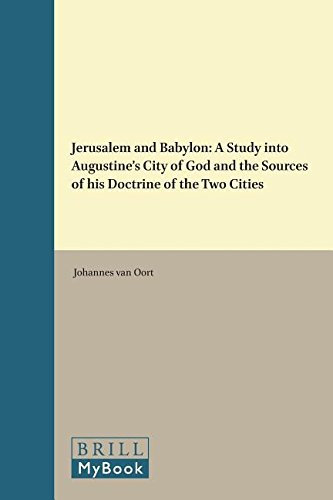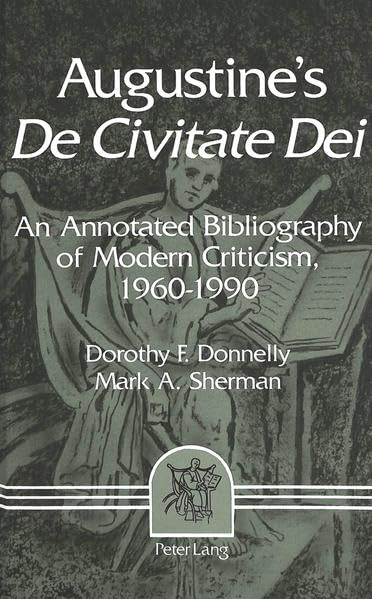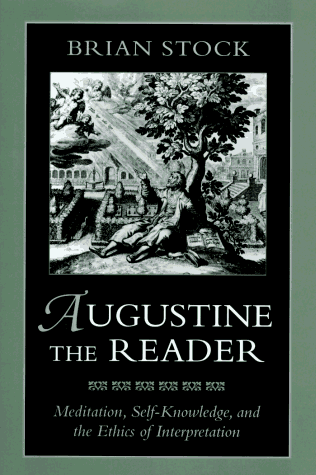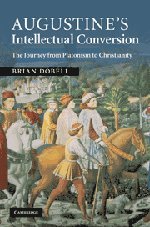2 0 0 0 OA 運動の享受 : 九鬼周造『「いき」の構造』における恋愛論
- 著者
- 松本 直樹
- 出版者
- 京都大学文学研究科宗教学専修
- 雑誌
- 宗教学研究室紀要 (ISSN:18801900)
- 巻号頁・発行日
- vol.6, pp.24-53, 2009-12-22
In seinem bekannten Hauptwerk Die Struktur von iki (「いき」の構造 (Iki no Kōzō)) bemüht sich Kuki Shūzō um eine phänomenologisch-hermeneutische Analyse des ästhetisch-moralischen Konzeptes iki in der japanischen Vormoderne. In diesem Aufsatz versuche ich, indem ich mich auf die Gedanken Heideggers und Aristoteles’ berufe, Kukis Einsicht deutlich zu machen, dass iki, insbesondere die Koketterie (媚態 (bitai)) als zentrales Moment des iki, sich auf den sinnlichen Genuss von Bewegung zurückführen lässt. Auf der Grundlage dieser Einsicht analysiert Kuki konsequent auch die vielen konkreten Ausdrücke des iki - etwa die Neigung der körperlichen Haltung oder die Längsstreifen als modische Musterung des vormodernen Japans - und zeigt den Kern der Liebesbeziehung auf als sinnliches Miteinander-anwesend-sein durch die Bewegungsempfindung. In diesem Aufsatz versuche ich zudem zu zeigen, dass dieser Kern, als eine uns im Allgemeinen gegebene Möglichkeit des sinnlichen menschlichen Lebens, auch heute oft von uns selbst gelebt wird, wenn auch in einer ganz anderen Form als im iki. Zur Illustraton führe ich eine Szene aus einem japanischen shōjo-Manga (Comic für Mädchen; heute in Japan auch für Jungen und erwachsene Frauen und Männer), nämlich Tanikawa Fumikos Prisma (プリズム (purizumu)), an und lege diese aus als eine sehr geschickte Darstellung eines auf Bewegung gründenden Miteinander-anwesend-seins.
2 0 0 0 OA レオナルド絵画の定量的考察
- 著者
- 並木 晴香 青山 友香 田中 沙恵 友永 万結
- 雑誌
- じんもんこん2009論文集
- 巻号頁・発行日
- vol.2009, no.16, pp.191-196, 2009-12-11
本研究の目的は、画家の特徴をできる限り客観的につかむ方法を探ることである。従来、絵画の真贋判定は各研究者の主観によって行われていたが、それらの結果は再現性が無く研究者によって異なることもしばしばであった。本研究では絵画に描かれた人物の顔を画像処理ソフトによって切り出したものをデータとして取扱い、複数の手法を用いて計量的に分析した。この分析方法や出力結果から、博物館や美術館での検索システムへの活用方法を考察する。
- 著者
- 佐藤 真基子
- 出版者
- 慶應義塾大学
- 雑誌
- 哲學 (ISSN:05632099)
- 巻号頁・発行日
- vol.116, pp.41-55, 2006-03
投稿論文The terminology of anima and animus in Augustine seems to be floating. G. O'Daly says that anima and animus can apply without distinction of meaning to human soul, and he concludes that the two terms are employed interchangeably. But in "Soliloquia", Augustine distinguishes between these terms. In this dialogue, he first declares that he wants to seize animus by the intellect, but afterwards, what he investigates is not animus but anima. In this paper, I would like to point out that Augustine's use of animus contains the meaning of self, and this self is the subject that uses rational soul. Rational soul can be used both in good and bad way. According to Augustine, the good use of it leads the soul to the vision of God. Man can uses rational soul in good way when he searches only for God and himself. Searching for himself is a preparatory condition for knowing God. That can be furnished with fides, spes and charitas. Thus, these virtues are considered to be something divine in anima. Augustine distinguishes two sides of the soul by using the words animus and anima, the rational soul as the searching subject and the soul as a place where the searching subject can find God.
2 0 0 0 OA 英語の辞書について(4)―シソーラス―
- 著者
- 北尾 泰幸
- 出版者
- 愛知大学名古屋語学教育研究室
- 雑誌
- 語研ニュース
- 巻号頁・発行日
- no.24, pp.7-12, 2010-12
- 著者
- 川久保 輝興
- 出版者
- 聖トマス大学
- 雑誌
- サピエンチア : 英知大学論叢 (ISSN:02862204)
- 巻号頁・発行日
- vol.47, pp.217-242, 2013-03
- 著者
- 小浜 善信
- 出版者
- 京都大学
- 雑誌
- 中世哲学研究 : Veritas (ISSN:02873788)
- 巻号頁・発行日
- vol.26, pp.1-17, 2007-11
- 著者
- 並木 晴香
- 出版者
- 同志社大学博物館学芸員課程
- 雑誌
- 博物館学年報 (ISSN:02861305)
- 巻号頁・発行日
- no.45, pp.35-64, 2014-03
- 著者
- edited by H.J. Blumenthal and R.A. Markus
- 出版者
- Variorum Publications
- 巻号頁・発行日
- 1981
- 著者
- Ernest L. Fortin
- 出版者
- Augustinian Institute, Villanova University]
- 巻号頁・発行日
- 1972
- 著者
- by Johannes van Oort
- 出版者
- E.J. Brill
- 巻号頁・発行日
- 1991
- 著者
- Dorothy F. Donnelly and Mark A. Sherman
- 出版者
- P. Lang
- 巻号頁・発行日
- 1991
- 著者
- 高橋 正樹
- 出版者
- 特定非営利活動法人日本火山学会
- 雑誌
- 火山 (ISSN:04534360)
- 巻号頁・発行日
- vol.39, no.4, pp.207-218, 1994-09-20
- 被引用文献数
- 4
Late Quaternary poly genetic volcanoes in Japanese islands can be classified into two types : P-type and O-type. The vent of the P-type (parallel types) aligns in parallel with the orientation of regional σ_<Hmax>, while the vent alignment of the O-type (oblique type) is normal or highly oblique to it. The P-type consists of three sub-types based on the kind of associated active faults : PN (with normal faults), PS (with strike-slip faults), and PR (with reverse faults). Most of the O-type are constructed on the mountain range which is bounded on both side with reverse faults ; its vent alignment is probably controlled by the local extensional stress field in the mountain mass caused by the gravity tectonics. Thin sheet-like magma chambers are estimated to be present beneath the O-type volcanoes ; the arrangement of maximum principal stress axis producing reverse faults (σ_v=σ_3) favors the formation of sheet-like magma chambers. The eruption rate of the O-type is generally small because of the complexity of its magma plumbing system.
- 著者
- Brian Stock
- 出版者
- Belknap Press of Harvard University Press
- 巻号頁・発行日
- 1996
- 著者
- Brian Stock
- 出版者
- University of Pennsylvania Press
- 巻号頁・発行日
- 2001
- 著者
- Brian Dobell
- 出版者
- Cambridge University Press
- 巻号頁・発行日
- 2009
- 著者
- edited by William E. Mann
- 出版者
- Oxford University Press
- 巻号頁・発行日
- 2014
- 著者
- Paul Rigby
- 出版者
- Cambridge University Press
- 巻号頁・発行日
- 2015
- 著者
- editors Christopher Smith and Anton Powell
- 出版者
- Classical Press of Wales
- 巻号頁・発行日
- 2009
- 著者
- by Georg Misch translated in collaboration with the author by E.W. Dickes
- 出版者
- Routledge
- 巻号頁・発行日
- 1998
2 0 0 0 OA 奨励賞対象演題(YIA-1~2)
- 出版者
- 日本組織培養学会
- 雑誌
- 組織培養研究 (ISSN:09123636)
- 巻号頁・発行日
- vol.31, no.1, pp.23-24, 2012 (Released:2013-08-01)












